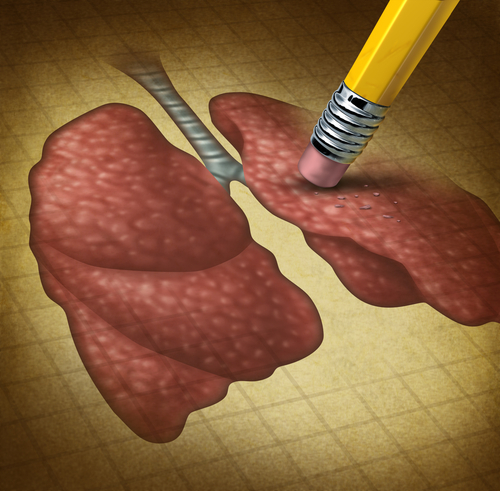Scientists from University of Cincinnati have identified specific biomarkers and a potential therapy to treat pulmonary alveolar microlithiasis (PAM). Their research, entitled “Modeling pulmonary alveolar microlithiasis by epithelial deletion of the Npt2b sodium phosphate cotransporter reveals putative biomarkers and strategies for treatment,” was published in the Science Translational Medicine journal.
PAM is a rare pulmonary disease characterized by the formation of calculi, or small mineral stones of calcium phosphate, in the alveolar of the lung. This leads to lung injury and chronic lung inflammation that makes breathing difficult. The disease is caused by a genetic mutation in a gene named SLC34A2, which results in the loss of cellular pump responsible for phosphate removal from the lung airspaces.
The long-term prognosis of PAM is poor. In this study, the researchers developed a model to investigate possible therapies. A mouse model revealed that mutations in SLC34A2 led to the development of substantial stone formation and lung inflammation. Interestingly, stone deposits and disease progression in the mice were positively correlated with increased levels of specific serum markers.
To verify whether the proteins found in serum could be useful as biomarkers in humans, the scientists collected and analyzed blood samples from patients in Croatia, Turkey, Spain, Japan, and the United States through the Cincinnati-based Rare Lung Disease Consortium.
The results suggest that certain serum signaling proteins (cytokines) and surfactant proteins could be useful in tracking both disease progression and response to treatment. The researchers also found that ethylenediaminetetraacetic acid (EDTA), a molecule frequently utilized in detergents and as a treatment for heavy metal poisoning, dissolves stones removed from the lung. As a consequence, “washing” the lungs with an EDTA solution decreased the burden of stones in lung alveolar.
Overall, these findings show that phosphate plays key role in the regulation of surfactant balance in the lung. As a result, stone deposits in the lung could be prevented by a low-phosphate diet — a possibility that should first be tested in trials because it could lead to other problems like rickets — and by re-introduction via viral vectors of the gene that restores the cellular pump for phosphate removal.
“This study demonstrates how discovering the causes of these rare lung diseases not only can inform us how the lung normally functions, but can also lead us to potential therapeutic interventions for these rare and often lethal lung diseases,” said James Kiley, PhD, Director of the Division of Lung Diseases at NHLBI.


Friend at Cleveland Clinic diagnoses with PAM. Are there any clinical trial ongoing such as use of viral vectors to restore the mutated sodium-phosphate cotransporter?
Information about any clinical trial would be helpful and thanks.